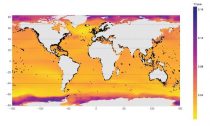
New research from the University of North Carolina concludes that most marine life in marine protected areas will not be able to tolerate warming ocean temperatures caused by greenhouse gas emissions.
There are 8,236 marine protected areas around the world covering about four percent of the surface of the ocean. They have been established as a haven to protect threatened marine life, like polar bears, penguins and coral reefs, from the effects of fishing and other activities such as oil and gas extraction.
The study found that with continued “business-as-usual” emissions, the protections currently in place won’t matter, because by 2100, warming and reduced oxygen concentration will make marine protected areas uninhabitable by most species currently residing in those areas.
The study ...
Read More

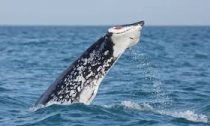
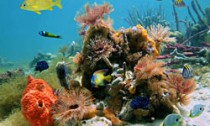

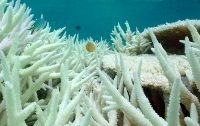
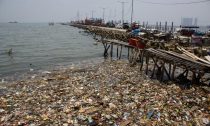
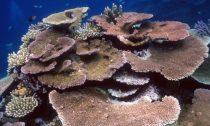


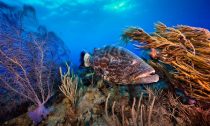


Social Profiles